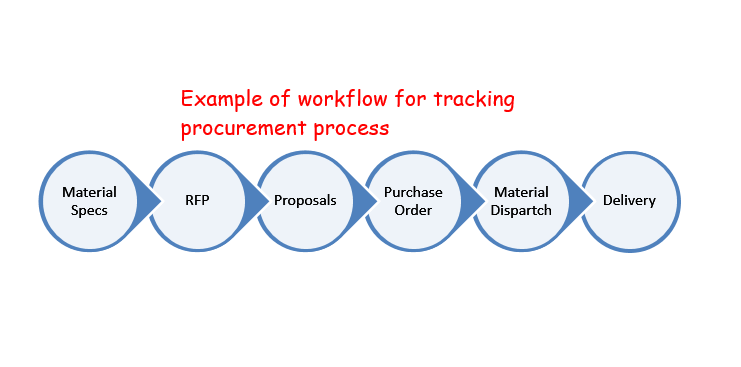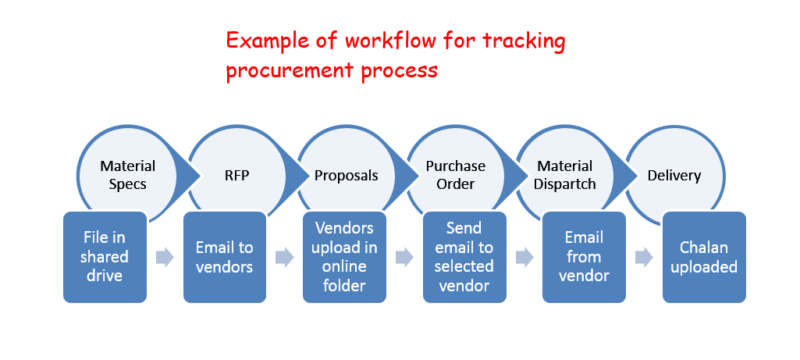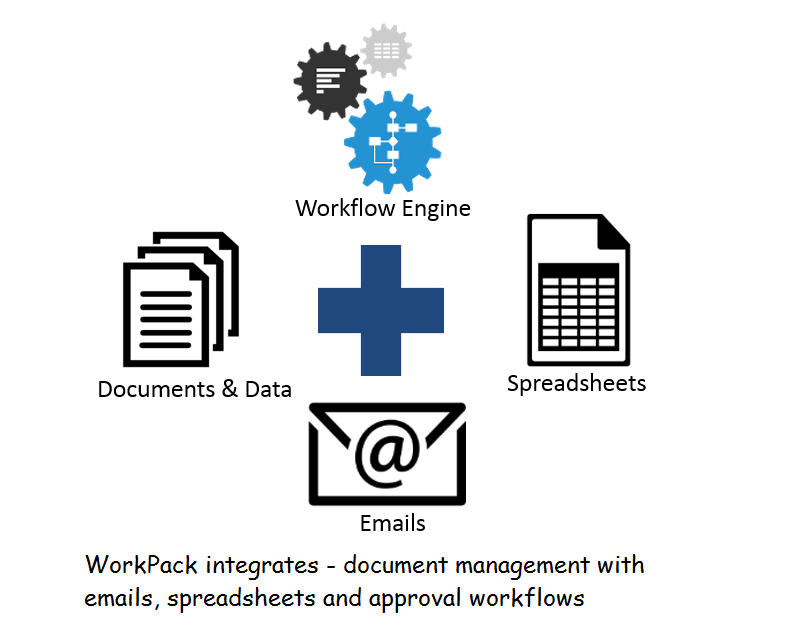Several material items need to be procured for any construction project. Each material has a different timeline for purchase and delivery.
For some of the items, the purchase timeline is so long that it heavily impacts construction schedule. These are known as long lead items.
For example, specially fabricated structural components have to be made as per order. Design, fabrication, dispatch and delivery of these items take a long time. But certain construction activities cannot move ahead without them.
These items can become a drag on the overall construction schedule.
Therefore it is very important to identify such long lead items in advance. These long lead items should be clearly marked as ‘critical’ in the project schedule.
Further, their procurement process should be fast tracked in order to minimize the possibility of any delay in delivery of long lead items and its cascading effect on the construction schedule.
Identifying Long Lead Items
By definition, long lead items are those which can have a strong impact on the construction schedule.
So the first step you should take to identify the long lead items is to create an overall project schedule where design, procurement and construction activities are linked.
Then go through this project schedule to get a thorough understating of how construction work is dependent on different material items.
Check which material items have a long purchase timeline AND are much needed for a majority of construction activities.
Procurement these of long lead items should be included in the critical path for overall project schedule.
For example – even if some material has a long purchase cycle, it is not a critical item if it’s needed toward the end of the construction phase. So even if it is delivered late, it will not hold up a bulk of construction work.
Prioritize procurement and work back the schedule
Once long lead items are identified, check the date when they are needed on site for construction. Then work back from there to determine when the Purchase Order should be placed, based on typical delivery timelines.
Further work back from there as per the vendor evaluation and bidding timeline to determine the latest date for sending RFPs (Request for Proposal).
Inform engineering and procurement teams to send RFPs for long lead items within that deadline. They have to take up design and RFP preparation for long lead items on highest priority.
Sometimes long lead items are finalized first in the overall design and rest of the project is engineered around those finalized long lead items.
Track procurement of long lead items
So you have done the groundwork for timely procurement of long lead items. But that’s not quite enough.
You don’t want to be caught off guard when you are expecting the delivery and your supplier calls you to report a delay.
You need to constantly keep track of how things are progressing to avoid nasty surprises. So how do you do that?
It’s not quite practical to call each buyer, engineer and supplier every day to make sure that work is getting done.
Instead, you can devise a workflow for the whole procurement process and track the progress along that workflow.

For example, you can have a standard procurement workflow – Material Specs, RFP, Proposals, Purchase Order, Material Dispatch, Material Delivery.
Ask your team to follow this procurement workflow at all items. Then you can just track the status of each item on this workflow template.
Progress Tracking Software for Procurement
If your procurement process is already structured in a workflow, it becomes easier to track on a software platform.
For example, consider the workflow from above –

But all these steps are actually done using different tools –
- Engineer creates a material specification file on shared drive
- Buyer refers to material specs and sends RFP to different vendors
- Vendors upload proposals in an online folder
- Buyers review proposals and email Purchase Order to a vendor
- Purchase quantity and cost is updated in cost tracking spreadsheet
- Vendor sends a receipt of material dispatch
- Store manager on site uploads a challan that material is received
So any software platform should connect with all these different tools and match all the actions against a predefined workflow.
WorkPack is a platform that does exactly that by integrating – shared file drive, spreadsheets and emails with a workflow engine.

With this integration, the need for manual reporting is minimized. WorkPack tracks the actual work directly from – documents, spreadsheets and emails.
This way WorkPack has helped many solar project managers to streamline their procurement process on a central online platform. It had enabled them to track procurement progress on a single dashboard.
![]()
Do you think your project and procurement team can benefit from WorkPack as well? Find out by creating a free account.
Let us know in case you need any help or if you would like us to schedule a demo for your project team.

No Comments